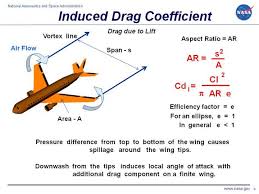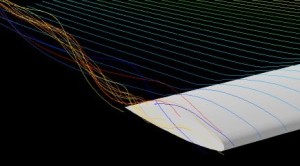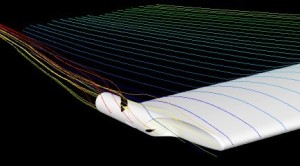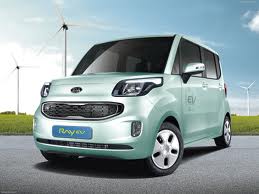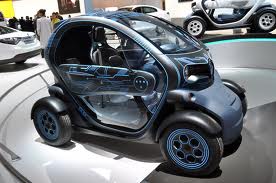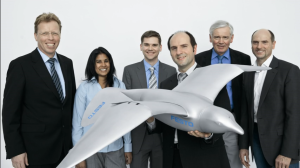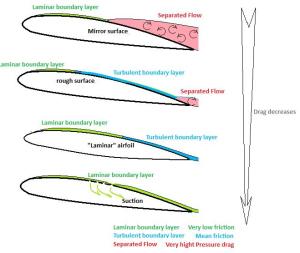Each year, the 24 hour of Le Mans is raced in France. This is the most prestigious sports car race in the world. It is furthermore one of the most famous races ever. The race has been dominated by Audi for more than a decade, obtaining 12 victories in the last 14 years.

Unlike exotic Formula 1 cars, the LMP1 prototypes use technologies which can very often be used in normal road cars. The most famous exemples are the TFSI and TDI Audi engines, as well as the HDi engines from Peugeot. These technologies were developed for the LMP1 cars but they were later on used in the road cars. This happens a lot in this series because the rules are set up in such a way that it is attractive for car manufacturers to try to develop technologies which could be used in normal road cars.
Since a few years, Audi is now busy developing a hybrid car called e-tron. They have already achieved great successes with it and have already built normal cars who used the same technology.

Recently, the rules have been profoundly reviewed which resulted in the involvement of Toyota and Porsch, two of the biggest car brands in the world.
So I think, the rule changes in the WEC with the LMP1 cars are far more successful than those in F1. With the LMP1 cars, they happened much more gradually. This way, the constructors could adapt easier which results in less problems which is better for the reputation of the car brands.
Scource:http://www.audi.co.uk/audi-innovation/efficiency.html


